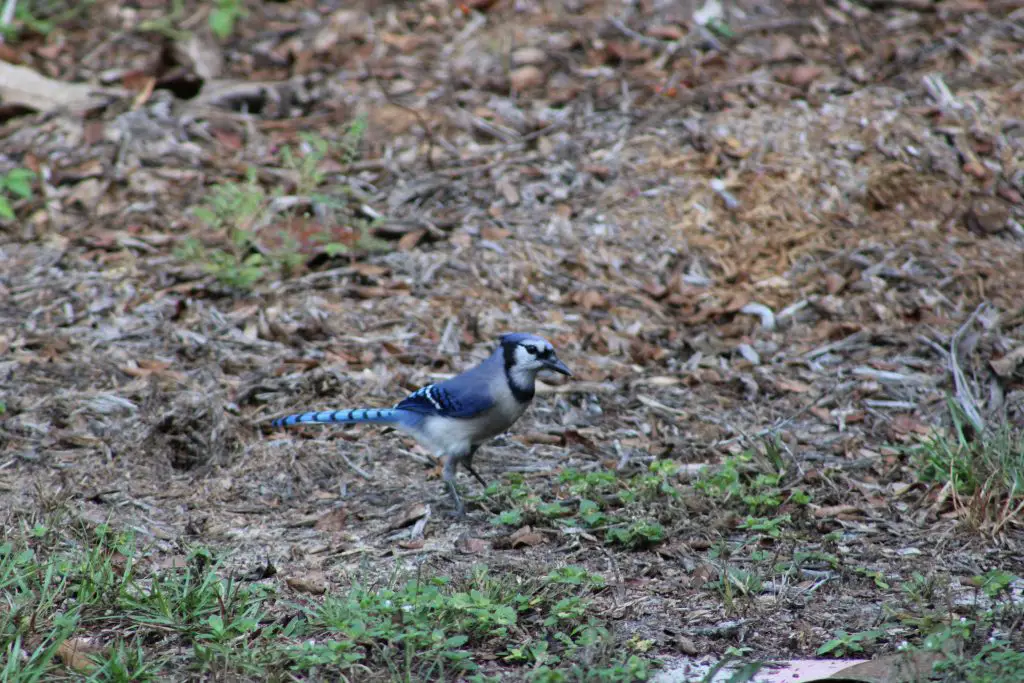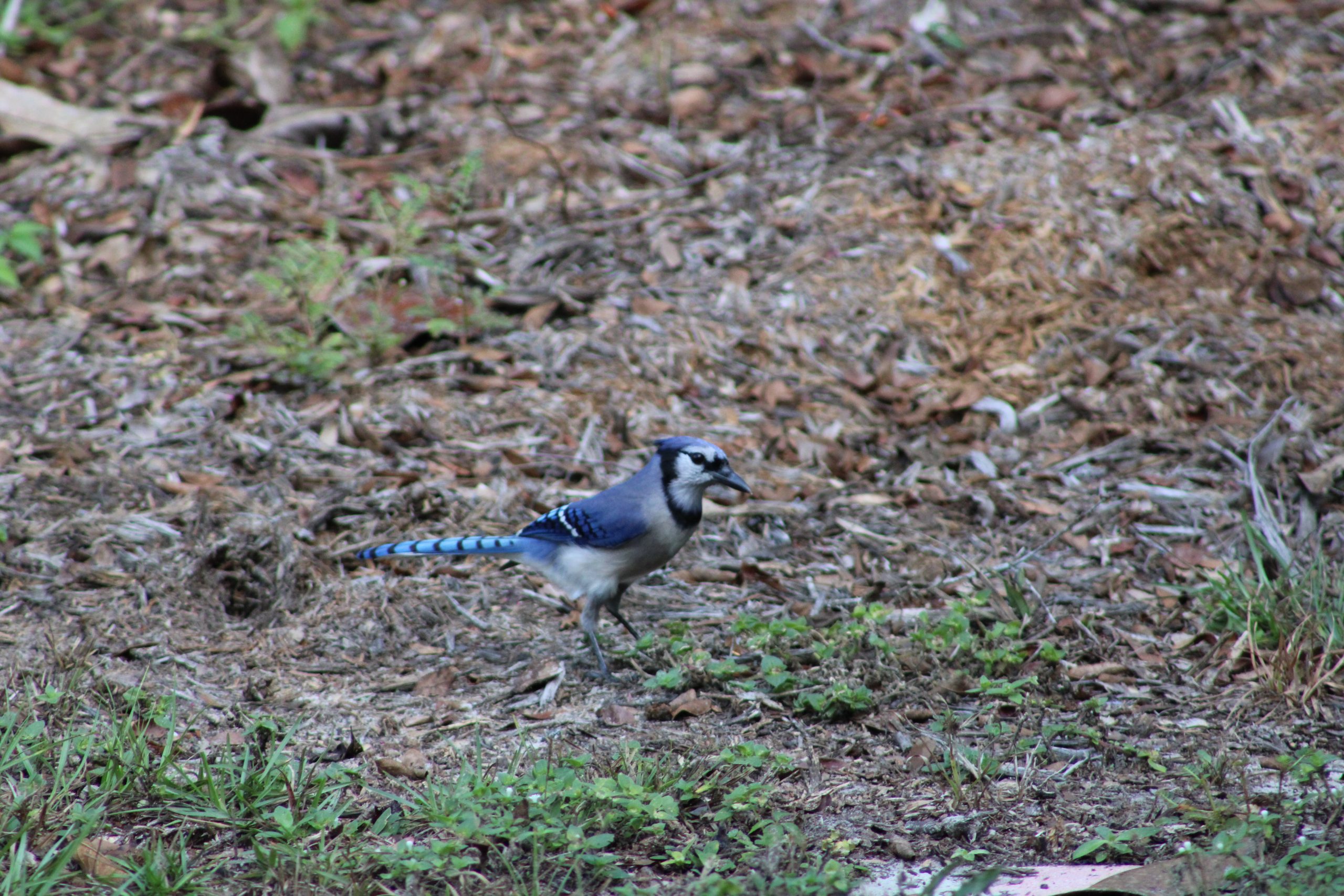Blue jays are beautiful backyard birds. When one of these beauties appears at my bird feeder or pokes it beak out of the forest, I’m always thrilled.
If you’re like me, you’ve likely wondered how to tell the difference between male and female blue jays. I explore the differences below.
Blue Jay Female: Appearance

Female blue jays sport a striking appearance that closely resembles their male counterparts, making it challenging for casual observers to distinguish between the sexes. These vibrant birds boast a distinctive blue crest atop their heads, which they can raise or lower depending on their mood or level of alertness. Their upper parts showcase a brilliant blue coloration, contrasting beautifully with the white or light gray underparts. A bold black necklace adorns their throats, extending around the head and forming a partial crest border.
The wings and tail of female blue jays display an eye-catching pattern of blue, white, and black bars. This intricate design not only enhances their beauty but also serves a practical purpose in flight communication and camouflage. Their sturdy, black bills stand out against their predominantly blue and white plumage, perfectly adapted for cracking open nuts and seeds. While some might assume that females appear duller than males, as is common in some bird species, female blue jays actually exhibit equally vibrant coloration, making them just as visually stunning as their male counterparts.
How to Tell The Difference Between a Male and Female Blue Jay
Female blue jays and male blue jays exhibit strikingly similar appearances, making it challenging to differentiate between the two sexes visually. However, female blue jays tend to be slightly smaller than males, although this size difference is often subtle and not easily discernible without close observation.
Instead of relying on physical appearance alone, you might need to observe a pair of blue jays for some time to determine who is who based on their behaviors. During courtship, females typically observe males as they display and compete for attention, often surrounded by several suitors. Additionally, females take on the primary role in nest building and incubation, while males focus on bringing food to the female and their young.
If you spot a blue jay providing a delicious morsel (like a seed or nut) to another blue jay, it’s likely that the male is proffering the treat to a female.
Takeaway
Although female blue jays look very similar to male blue jays, it’s possible to tell the difference. If you can’t tell which of the birds is bigger, take some time to monitor their behavior to get a better idea of which bird is the female.
Sources
The Condor, Volume 99, Issue 2, 1 May 1997, Pages 434–444, https://doi.org/10.2307/1369950
